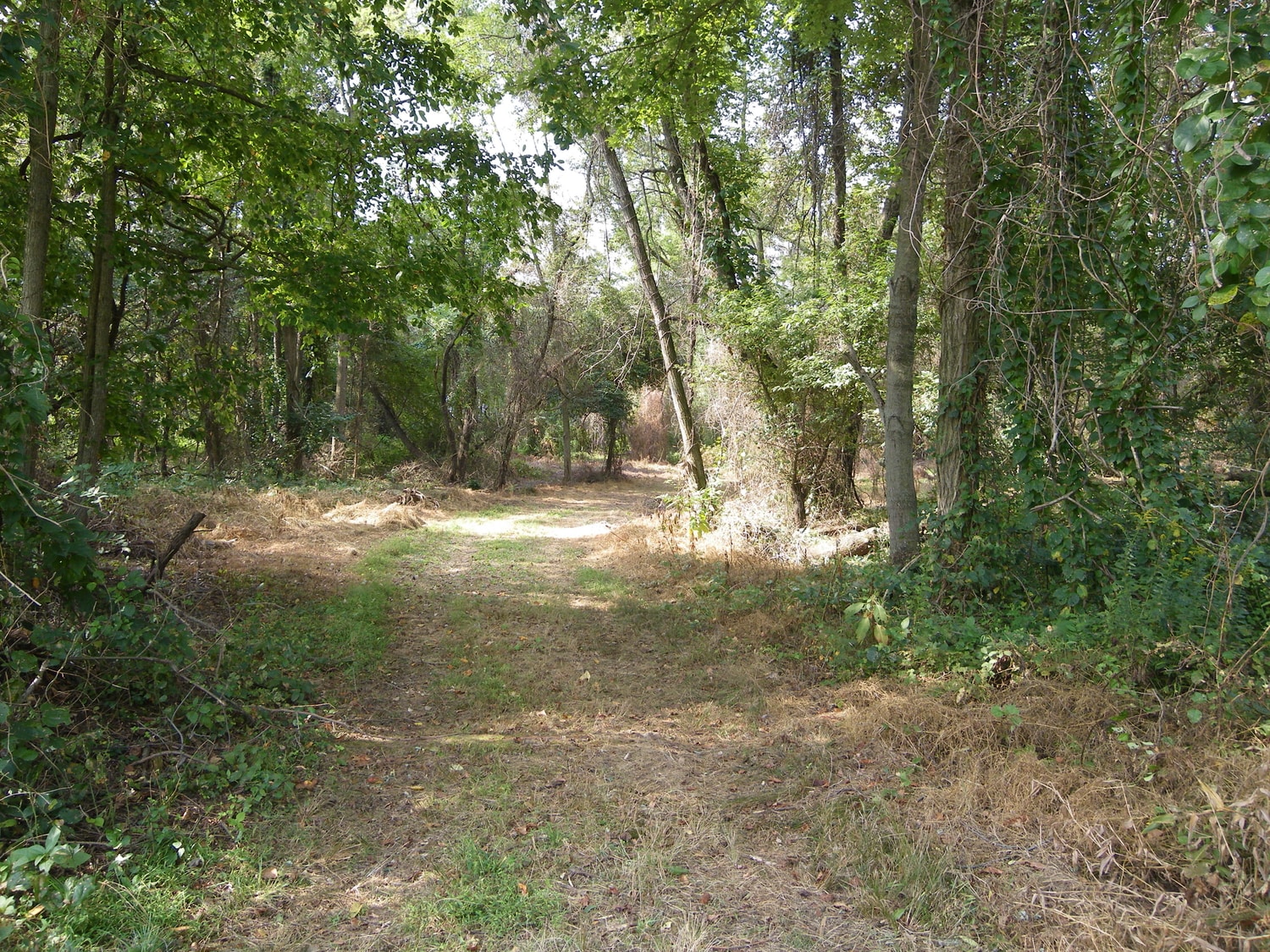A conservation easement is a voluntary agreement that allows landowners to place restrictions on the type or extent of development on their property while maintaining private ownership.
Upon signing the easement, both the landowner and the state agency receiving the easement formalize their commitment. The state agency accepts the responsibility of enforcing the terms of the easement indefinitely. The easement is then recorded with the County Recorder of Deeds, ensuring that all future owners of the land are bound by its conditions.
Reasons for granting conservation easements vary, but commonly, landowners seek to protect their property from undesirable development while retaining ownership. By granting a conservation easement, they can ensure perpetual protection for their land, regardless of future ownership. Additionally, there are potential financial benefits associated with donating an easement.

The donation of a conservation easement can result in significant financial advantages for landowners. Many receive a federal income tax deduction for the donation, provided the easement is perpetual and exclusively dedicated to conservation purposes. The value of the tax deduction is determined by the easement’s worth. The donor may also enjoy estate and property tax relief.
Conservation easements can protect various types of land with significant conservation values, such as forests, wetlands, endangered species habitats, beaches, scenic areas and more. Specific criteria for conservation values may vary between different agencies.
The activities allowed on land protected by an easement depend on the landowner’s preferences and the property’s characteristics. Some easements completely restrict any further development, while others permit limited additional development, albeit less than what would typically be allowed. Each easement is unique and tailored to the specific goals of the landowner for their land.
Upon executing an easement, the landowner retains ownership and retains the right to sell, give away, or lease the property as before. However, all future owners must adhere to the easement’s conditions.
Public access to easement-protected property is not granted by default unless explicitly allowed by the original landowner who granted the easement.
For a federal income tax deduction, conservation easements must be perpetual, meaning they must last indefinitely. This requirement ensures the long-term conservation and preservation of the protected land. The responsible agency, such as the Division of Parks and Recreation, monitors the property to ensure ongoing compliance with the terms of the perpetual easement. In the event of any breaches or violations, the agency takes appropriate actions, including legal measures, to uphold the integrity of the easement.
In recognition of the vital role played by ongoing monitoring and enforcement, State Parks encourages all easement donors to consider making a valuable financial contribution to the State Parks Conservation Easement Endowment Fund. By contributing to this fund, donors actively support the long-term monitoring and enforcement efforts dedicated to preserving the integrity of every easement received by State Parks. While this contribution is not mandatory as part of the donated Conservation Easement, it serves as a powerful investment in the enduring protection of the land and ensures that future generations can enjoy its natural beauty and ecological significance.
The landowner remains the owner and manager of the property within the limits of the easement. They bear all costs and liabilities associated with ownership and maintenance. The agency responsible for monitoring the easement ensures compliance but does not have any management responsibilities or direct control over other activities on the land.
Conservation easements do not have to cover the entirety of a landowner’s property. Some easements may only apply to a portion of the land, depending on the landowner’s preferences. However, the appraised value of the conservation easement decreases if rights are reserved, whereas a more restrictive easement generally has a higher appraised value.
Related Topics: open space, outdoors and recreation, parks